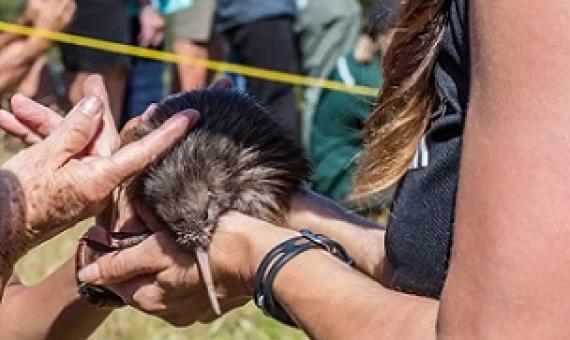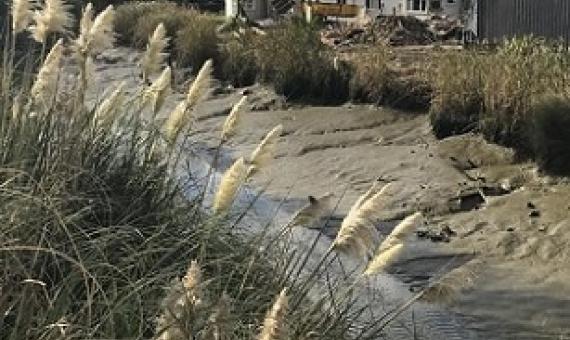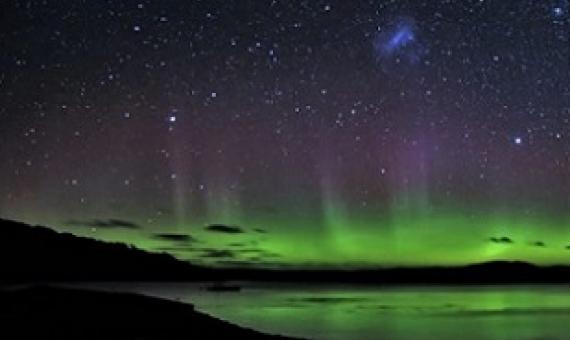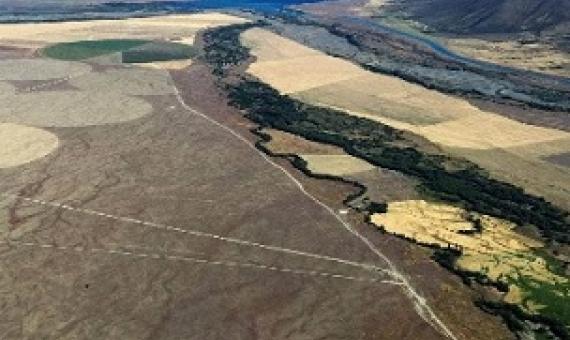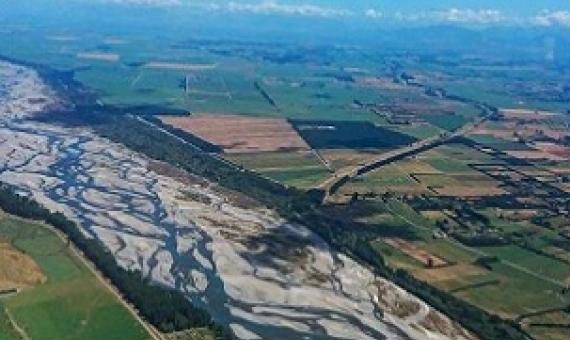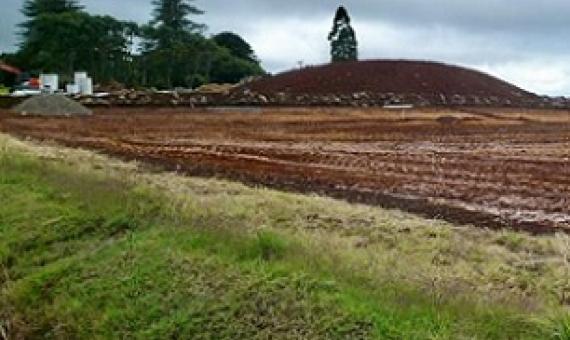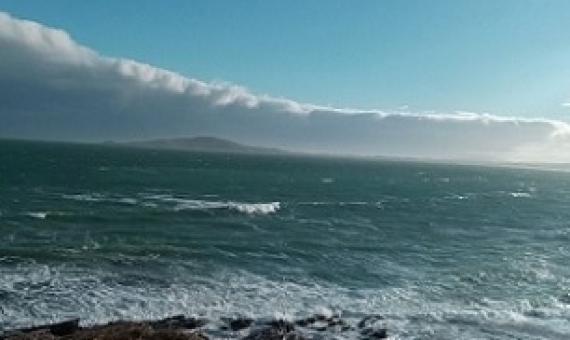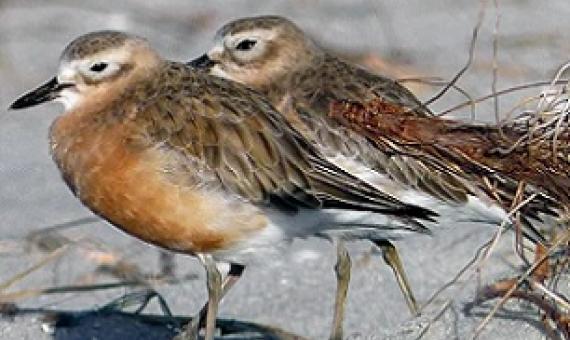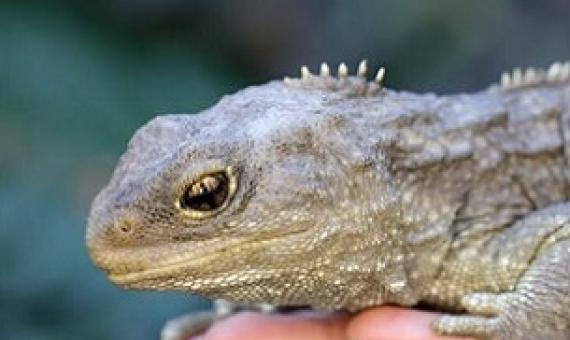Like many endangered species, Aotearoa’s flightless and nocturnal kiwi survive only in small, fragmented and isolated populations. This leads to inbreeding and, eventually, inbreeding depression — reduced survival and fertility of offspring.
More than 20 million native trees and other plants will be planted around New Zealand's biggest harbour in the ground-breaking $200 million Kaipara Moana Remediation project. Kaipara Moana Remediation (KMR) interim manager Alan Wilcox said it was the foundation of a new intergenerational app
Fiordland's brilliant night sky could become the second largest Dark Sky Park in the world.
With its expanses of golden tussocks, turquoise glacial lakes, wide braided rivers, and gleaming snow-capped peaks, New Zealand’s high country is the well-known jewel in the crown of our landscapes.
Farmers discovered that there are many ways to protect and enhance mahinga kai and biodiversity values while visiting Waimak Farm in Eyreton last week.
A new report paints a stark picture of the environment under relentless pressure. The Environment Ministry and Stats NZ today released Our Land 2021 - a look at land use and the state of the environment in recent decades.
Six kiwi have been released onto the Kaitake range in Te Papakura o Taranaki / Egmont National Park today where the call of our national bird has been absent for decades.
A rāhui has officially been enacted today to help protect the Foveaux Strait oyster fishery from the potential spread of a deadly parasite. Dr Catherine Duthie from Biosecurity New Zealand explains what happens now.
New study provides further evidence supporting the connection between predator-free islands and richer sea life. Researchers publish the latest evidence connecting terrestrial and ocean health in a study of four islands in the Mercury Archipelago off the Coromandel.
Islands are biodiversity hotspots. They are home to 20% of the world's plants and animals yet cover only 5% of the global landmass. But island ecosystems are highly vulnerable, threatened by habitat fragmentation and introduced invasive weeds and predators.

